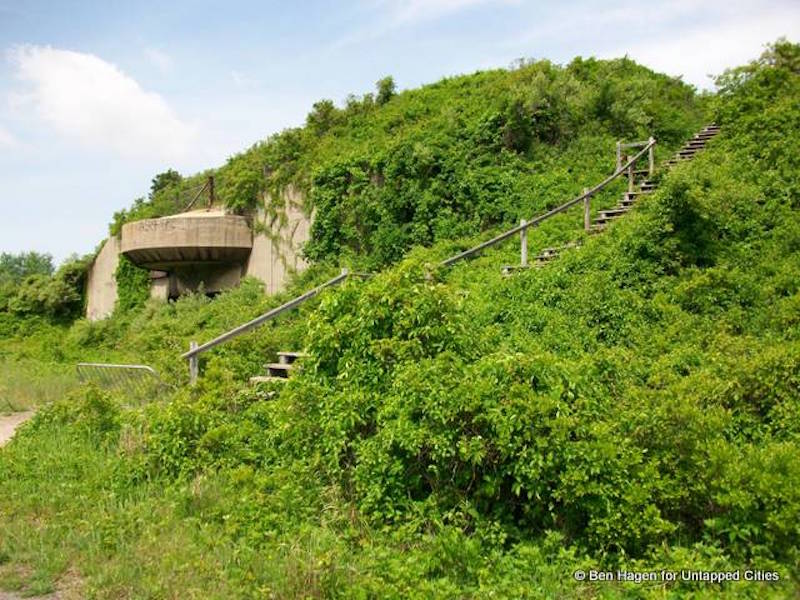The Rockaways in Queens are at once an idyllic oceanside escape from the grind of the city, a diverse collection of towns and complexes, and a haunted, distant otherworld with countless mysteries waiting to be explored. The peninsula, located at the juncture between Brooklyn’s Marine Park and Long Island’s Inwood, was originally inhabited by Lenape Native Americans, and was sold to the Dutch in 1639. In the early 20th century, a railroad opened the Rockaways to the rest of New York City. Around then, Manhattanites flocked to the Rockaway Peninsula in great numbers. They were seeking a beachfront escape, and they found it at the Rockaways’ many seaside hotels. In the mid-20th century, partly thanks to the efforts of Robert Moses which led to improved transportation, it became a more residential area.
Today, Rockaway remains a beachfront destination and a thriving residential area, and you can even take the New York City Ferry there! Certain parts have also attracted the adventurous, becoming destinations for exploration. It has also borne the brunt of many natural disasters, especially Hurricane Sandy. This turmoil and change have left the Rockaways with more than a few secrets hidden along its shores, forests, and towns.
1. Fort Tilden Once Held Nuclear Missiles

An abandoned military base by the ocean sounds like an urban explorer’s dream or a poetic device, but it really exists at Fort Tilden, the ex-Army base that is now being reclaimed by nature. The fort was constructed way back in 1917, and it served as a fort in both World Wars as well as the Cold War. During World War I, it served as a fort that housed ammunition hoists, electric lights, and telephones. During World War II, over ninety new buildings were added to the fort, and it became a centerpiece of American defense.
After the war, Fort Tilden was converted to 350 apartments for soldiers and their families. In 1951, the fort was needed again for the Cold War, and so it was vacated and then used as a storage space for Nike Ajax missiles, and later for the nuclear-capable Nike Hercules missiles until 1958. Allegedly, the nuclear missiles were something of an open secret at the time. Now they are memories, slowly disappearing as the sea creeps back in and wears the building down.
The area is full of the hulls of silos, and visitors can see the huge concrete batteries built into bluffs, each of which housed a 70-foot-long cannon way back when. Its labyrinth of abandoned rooms and amphitheaters now hosts the odd art installation and performance, and its abandoned chapel was most recently used for a Hurricane Sandy benefit.
Fort Tilden is unique in its position at the crossroads between nuclear war, an intrinsically human invention and an emblem of humanity’s destructive power, and the sea, nature’s greatest force and the ultimate reminder of humanity’s insignificance in comparison to the natural world. Left to their own devices, these forces of fire and water have found a surprising harmony with each other at Fort Tilden, where sea breezes tangle with scrap metal. Its solemn metal walls and concrete structures are now homes for vines and butterflies. Fort Tilden is on the National Register of Historic Places.





